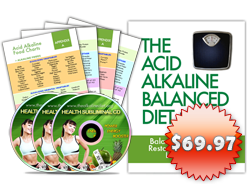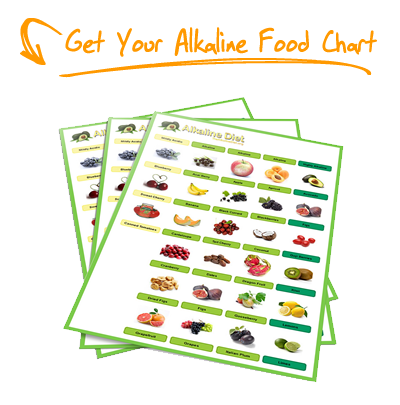Raw Cow’s Milk Facts – Good Or Bad?
Posted on 07. Apr, 2010 by George Tee in Alkaline Diet Tips, Blog
Earlier, our website has published an article on “The Truth About Milk That Companies Don’t Want You To Know”.
There were a number of feedbacks and comments about the article especially when debating about whether raw milk is bad or beneficial for your health. As a result, this article is delving deeper into the topic of whether should we avoid drinking milk at all (even if it’s raw milk).
Personally, I’ve not drank any milk for quite some time and I’m neither anti raw milk nor supporting the raw milk. This article is just to search for the truth about raw milk so you can make an informed decision of the kind of food to put on your table in the future.
Looking deeper into the whole question, it would be better to define what kind of raw milk we are talking exactly.
There are many different variations of raw cow milk. How the farmer raises the cows would determine what kind of raw milk it would produce.
After a recent visit to an organic farm over in Malaysia, I realized that how the crops are grown play an important role in the quality. The environment, water sources and soil quality greatly influence the kind of crops the farm can grow. This applies to the cows as well. The cows that grow in different environment, feed with different foods and water, produce different kinds of raw milk.
If the cows are feed with grain that is full of pesticides and chemicals, do you think that the cows can produce raw milk that is beneficial to your health?
Even if the grains are organic, cows that are fed with a lot of grains would be over acidic. And it would produce milk that is inferior in quality and potentially full of pathogens. When people drink this raw milk, they will get sick.
Let’s take a look at how our current pasteurized milk come from…
You can see from the video that these cows are fed in a tight and constraint space, and fed with grains instead of grass. The manure of these cows is all over the tight space.
Rapid advances in technology today have enabled humans to develop many technologies to help them in their work, and to make everything faster, stronger, and more efficient. This also extends to our milk production. Four to five decades ago, an average cow may produce roughly around 2,000 pounds of milk per year. Today, top producers say they can put up about 50,000 gallons out of a cow’s udder per year. And how did they do all that you ask?
By liberal application of drugs, antibiotics, hormones, and hundreds of cross-breeding methods.
Equally disturbing is the inclusion of BGH’s (Bovine Growth Hormones) in said cows thus upping their milk production which in turn develops a marked increase in mastitis prompting for a required antibiotic therapy. And even worse, the same antibiotics leave traces of it inside the milk.
Do you think you will not get sick if you drink raw milk from these cows?
What about cows that pastured on organic and healthy green grass?
If the farmers treat the cows nicely and feed the cows with organic and healthy green grass, most likely the cows could produce raw milk that contains nutrients, vitamins and minerals that benefit the human body – Enough of all the antibiotics, hormones injections, living in tight and constraint spaces.
What’s really great about raw cow’s milk?
From many nutritionists and dietitians, many have emphasized that raw milk contains live probiotic bacteria and beneficial enzymes that can help in enhance digestion and soothe the digestive tract of our body.
An example of good bacteria in raw cow’s milk is helping to change lactose into lactic acid where lactic acid enhances absorption of minerals like iron, phosphorus, and calcium.
Another benefit of raw milk is that it contains large amount of conjugated linoleum acid (CLA). CLA is known to boost one’s metabolism, help in weight loss, strengthen the immune system, reduce insulin resistance, build muscle and reduce abdominal fats. Research have shown that grass fed cows have 3-5 times more CLA than cows that are fed with grains.
Having knowing its benefits, do we really need these minerals or nutrients? Is there any substitute to the enzymes that the cow’s milk has?
I would personally recommend raw goat’s milk than raw cow’s milk because goat’s milk is more compatible with our human’s body.
However, a problem faced by myself and many people who live in the cities – it is very difficult to get raw milk that is produced by organic cows or goat.
Are we depriving of health benefits from the cow’s milk?
After returning from the organic farm last weekend, I realized that the farmer themselves don’t have any cows and milk at all. It seems that my friends whom I’ve met during the trip don’t drink cow’s milk at all. And they are even healthier than most people around me. I would say that it’s good to some extent to drink raw cow’s milk but it is not definitely a must to drink it.
Another alternative to raw milk is raw almond milk. Although it does not contain the protein content of animal milk, it is full of abundance in plant-based fats and various kinds of anti-cancer phytonutrients.
As for enzymes, you can get it from many sources. One of the best sources of enzymes is from the seeds of organic papaya. For this exciting topic, I’ll share with you in the next few entries.





Recent Comments